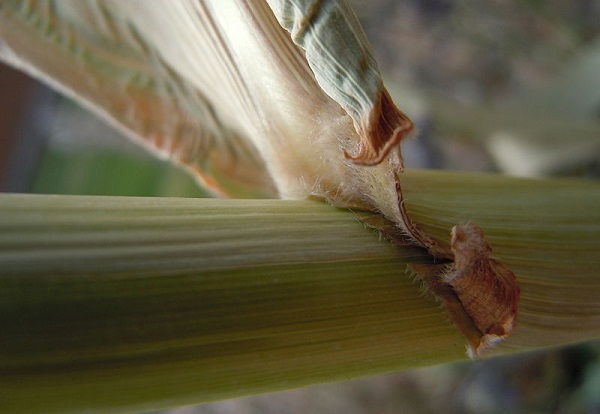Sorghum is in. The U.S. Environmental Protection Agency has issued a rule that ethanol made from grain sorghum can qualify as an advanced biofuel when produced using biogas as a big power source.
This is making a lot of people happy in Kansas, a leading sorghum grower that was eager to see this final approval come down.

The Kansas Grain Sorghum Producers Association said the Western Plains Energy plant near Oakley, Kan., was “well on its way to taking advantage of the pathway for advanced biofuel status” outlined by the EPA.
“Western Plains is committed to using sorghum as a feedstock and invested in building a methane digester utilizing waste from the feedlot across the road to fuel the plant,” KGSPA spokesperson Sue Schulte said. “The forward thinking people at Western Plains are already well on their way toward achieving advance biofuel status for their ethanol.”
In April, the U.S. Department of Agriculture announced a $5 million grant to build the biogas anaerobic digester. The USDA said its output would replace almost 90 percent of the fossil fuels currently used by Western Plains Energy to provide process heat.
The U.S. renewable fuel standard requires increasing amounts of renewable fuel be blended into U.S. gasoline, from 9 billion gallons back in 2008 to 36 billion gallons by 2022. And plans – so far unmet – call for advanced biofuels (including cellulosic biofuels) to make up the massive additions expected in the next 10 years. As it stands, the RFS requirements are met largely by the production of ethanol from corn, giving rise to persistent food vs. fuel battles. Sorghum is used as feed (though not to the extent of corn), but because it can be grown on more marginal lands than corn and needs less fertilizer and water, could be less disruptive to the food supply chain as an ethanol feedstock. And as an advanced biofuel, it will be more valuable to producers.
The EPA categorizes four types of biofuels. At the most basic level is conventional renewable fuel that reduces lifecycle greenhouse gas emissions by at least 20 percent compared to fuel made from petroleum. Advanced biofuels and biomass-based biodiesel – which can’t be made from corn starch under EPA rules – must reduce lifecycle GHG emissions by 50 percent. Finally, cellulosic biofuels need to hit a 60 percent reduction standard.
The EPA actually said ethanol made from grain sorghum can qualify as a renewable fuel or as an advanced biofuel, depending on how it is made:
EPA’s analysis indicates that ethanol made from grain sorghum at dry mill facilities that use natural gas for process energy meets the lifecycle greenhouse gas emissions reduction threshold of 20% compared to the baseline petroleum fuel it would replace, and therefore qualifies as renewable fuel. It also contains our regulatory determination that grain sorghum ethanol produced at dry mill facilities using specified forms of biogas for both process energy and most electricity production, has lifecycle GHG emission reductions of more than 50% compared to the baseline petroleum fuel it would replace, and that such grain sorghum ethanol qualifies as an advanced biofuel under the RFS Program.
It was just a few months ago that we wrote about a Purdue University study that touted sorghum as a feedstock for production of advanced biofuel – transportation fuels that move beyond gobbling up the nation’s corn crop, using feedstocks that have lower carbon footprints and don’t take such a bit out of food production. The Purdue researchers argued that sorghum could require fewer inputs than corn, and could also be grown on marginal lands.
More details about the EPA sorghum ruling can be found in a three-page PDF fact sheet, or the full 60-page supplemental ruling.